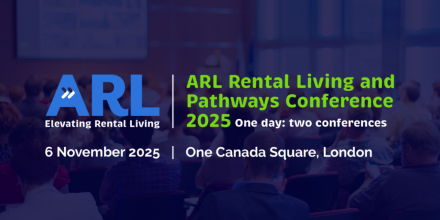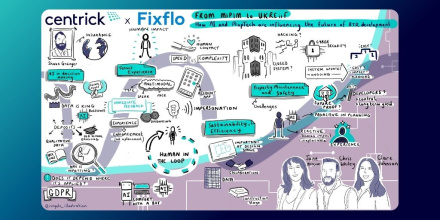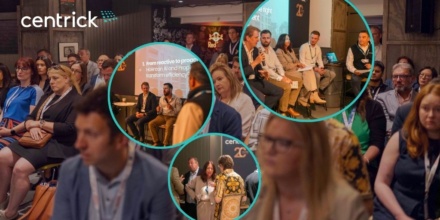Build to Rent schemes are relatively new to the UK property market, and research on these developments has demonstrated how well the UK population is adapting to this new, flexible way of living. Build to Rent started to take off around a decade ago among a surge in demand for rental properties due to increasingly unattainable house prices. This is when on site amenities started to appear more frequently in the market and have now become almost essential across new build developments. They create convenience, encourage tenants to spend more time within the complex, and can improve the living standards of residents.
In this piece, we’ll be considering the changing face of amenity space in build to rent developments by looking at what different types of tenants expect from their development, the impact of amenities on your development’s reputation and brand, and the importance of the pandemic in shaping tenant’s needs and developer’s responses.
Different Age Groups Want Different Things
Recent research exploring the needs and expectations of residents in modern housing developments has indicated that not all residents want the same thing out of their build to rent property. In fact, these different needs can be loosely grouped based on age, which implies that the changing face of amenity space is shaped by targeted demographics, and that certain amenities will attract different audiences. In brief, here’s what tenants are looking for:
Under 25’s
People within this demographic are more likely to enjoy ultra-modern amenities that promote convenience. This is likely because many of these residents will be students, or may be getting started in their careers, so on-site laundrettes, dog-walking services, restaurants and convenience stores are important.
25 to 40
Residents within these age parameters are more likely to be focused upon the concepts of fitness and wellness. Having gyms, saunas, and places to relax and unwind after a day at work are important to this demographic, and can have great financial value if these tenants can save money on gym memberships and wellbeing classes. They may also be interested in childcare facilities, green spaces and children’s play areas if they are starting or growing a family.
40 to 60
For over 40’s that may have established families, child-friendly facilities such as communal gardens, roof terraces and play areas are appealing. Any facilities that foster a sense of community and offer space to bond with family and friends, will be especially valued by these tenants, as will luxury amenities like saunas and on-site restaurants that will appeal to this likely wealthier demographic.
Senior Tenants
Those aged 60 or older revert back to having the same requirements as the under 25 categories – convenience. However, in this case, convenience may constitute a form of assisted living and on-site staff to help residents perform tasks and optimise their living standards.
Amenities Reflect Your BTR Brand
Another way that amenities are changing in build to rent developments is with the idea that amenities are far more than just facilities for communal use, but can be used to foster a unique brand identity and encourage specific kinds of tenants based on their assumed needs and wants. It is certainly helpful to ascertain your target audience and ideal tenant demographics before deciding which amenities to construct or improve upon within your development: here are a few ideas…
- Do you want your development to be the ultimate fitness destination, with its own pool, gym and sauna?
- Do you want your development to be the finest in convenient living, with dog-walking services and convenience stores?
- Do you want to build a wellness hub, with yoga classes and roof terraces to unwind?
The Pandemic Impact
Speaking of the changing face of amenities in new build developments, it’s hard to ignore the impact of the pandemic on the build to rent sector. Build to rent developments have become synonymous with fostering a sense of community whilst maintaining freedom and flexibility for tenants that are unable or unwilling to purchase a property, but this has changed since the pandemic. In-person socialising was paused, communal facilities were closed, and the sense of community that the build to rent sector was recognised for became warped.
Although the BTR sector has largely made its way back from the impact of the pandemic’s restrictions, it has allowed developers to shift their priorities onto providing impeccable digital amenities that are an alternative to physical amenities. After all, when tenants couldn’t socialise in communal lounges due to lockdown, they relied on steady WiFi and broadband to continue their sense of community in the digital sphere. This has also become a practical necessity for tenants that are now working from home, with an estimated 84 per cent of employees across Britain using their house as an office base at least part time since the pandemic began. As a result, companies are innovating and creating new solutions for internet access in build to rent developments, the most recent being Hyperoptic’s site-wide WiFi proposition. This demonstrates that reliable digital connections have been one of, if not the most, impactful shifts in the build to rent industry over the past few years.
Developers may also now be more likely to consider including co-working spaces in their amenity offering, providing those who have switched to working from home or hybrid working with an appealing escape from the four walls of their home!
Want to know what the future holds for your build to rent development?
Centrick’s exceptional build to rent team provides a full consultancy service and property solutions for developers across the UK. Our forward-thinking team of experts is proud to have successfully advised on, marketed and managed one of the first build to rent schemes outside London, making us trusted industry leaders. From inception to construction and post-completion review, we’re here every step of the way. Want to find out more about the Centrick difference? Contact our team using the form below:










